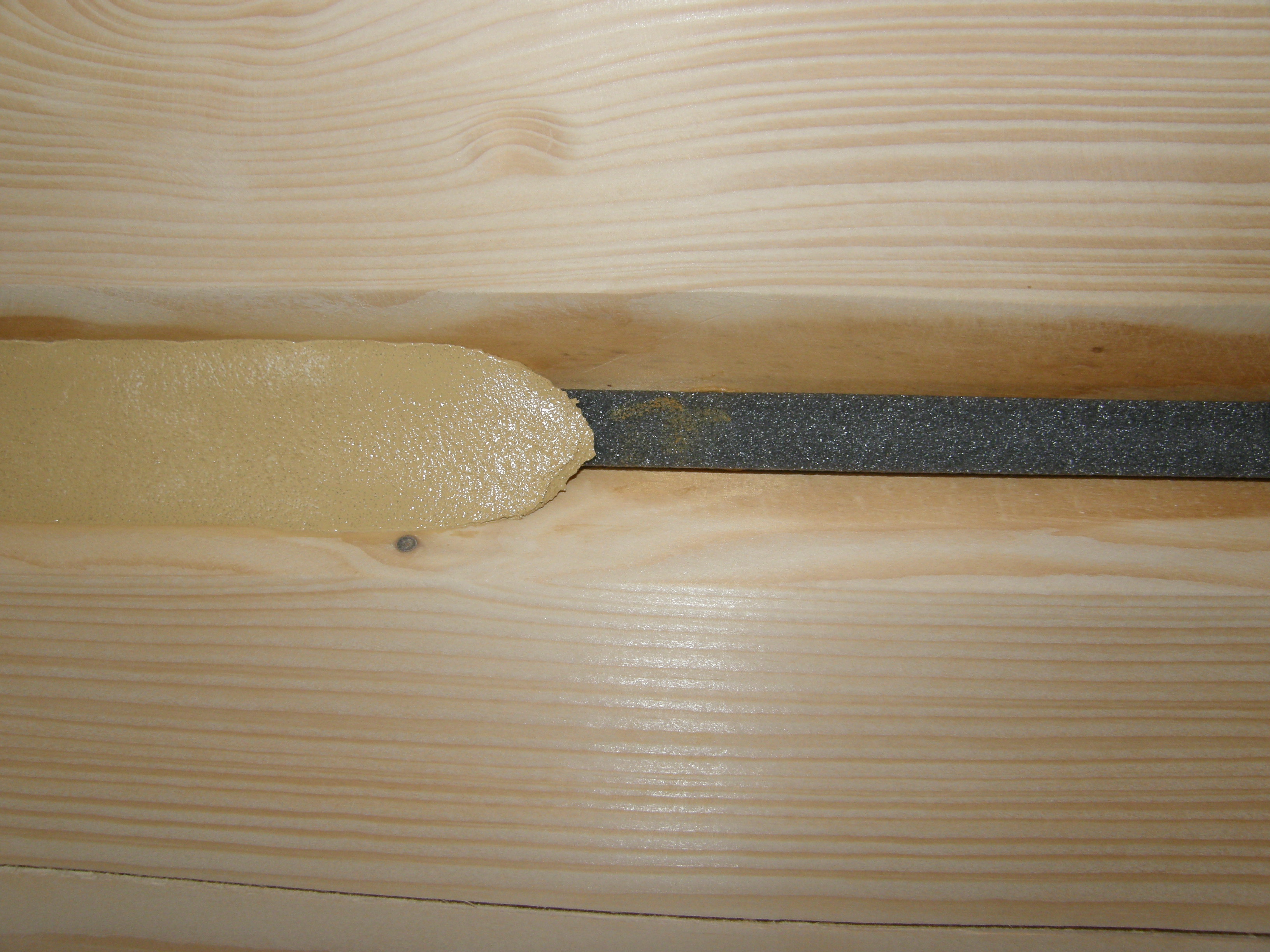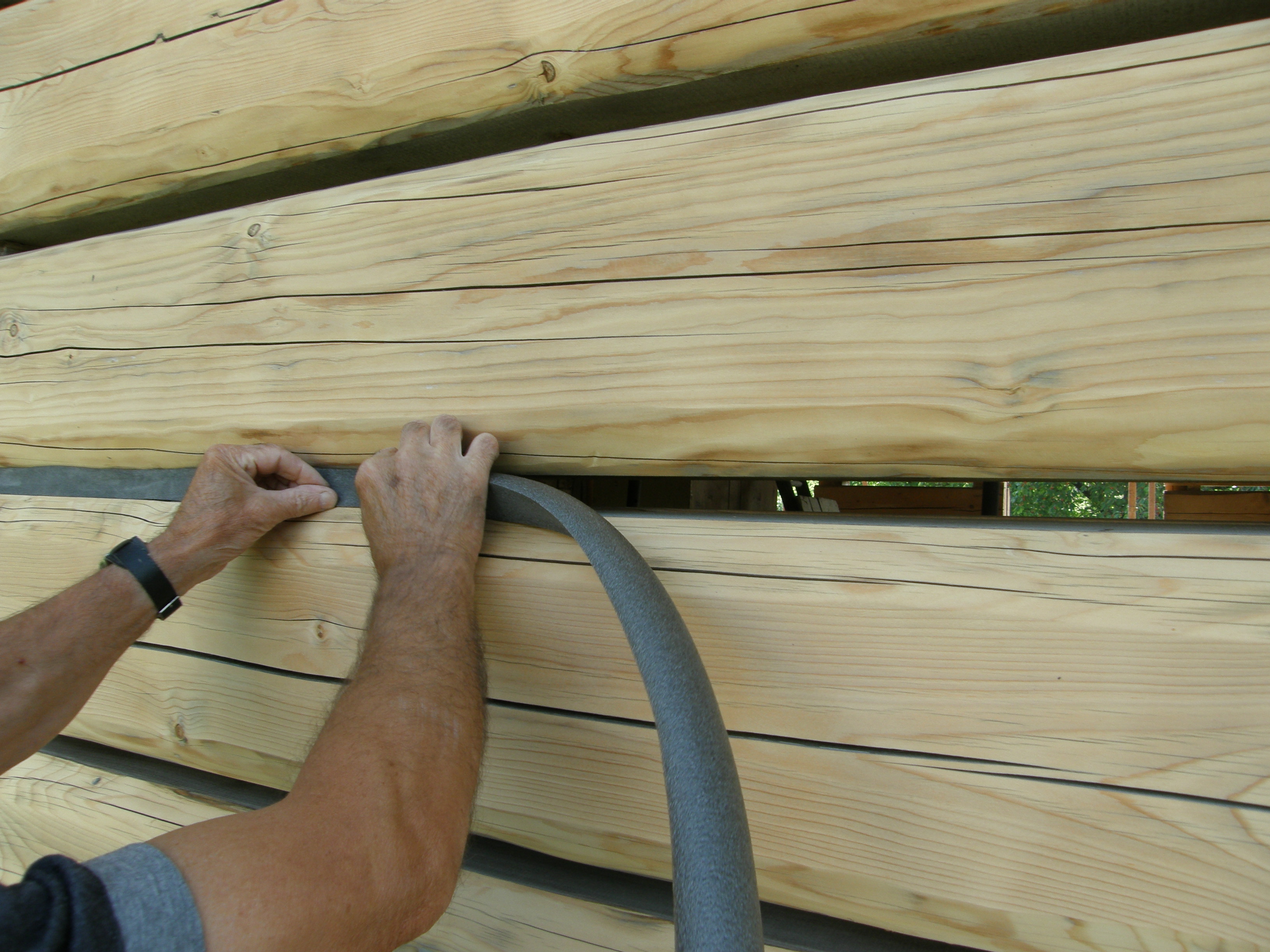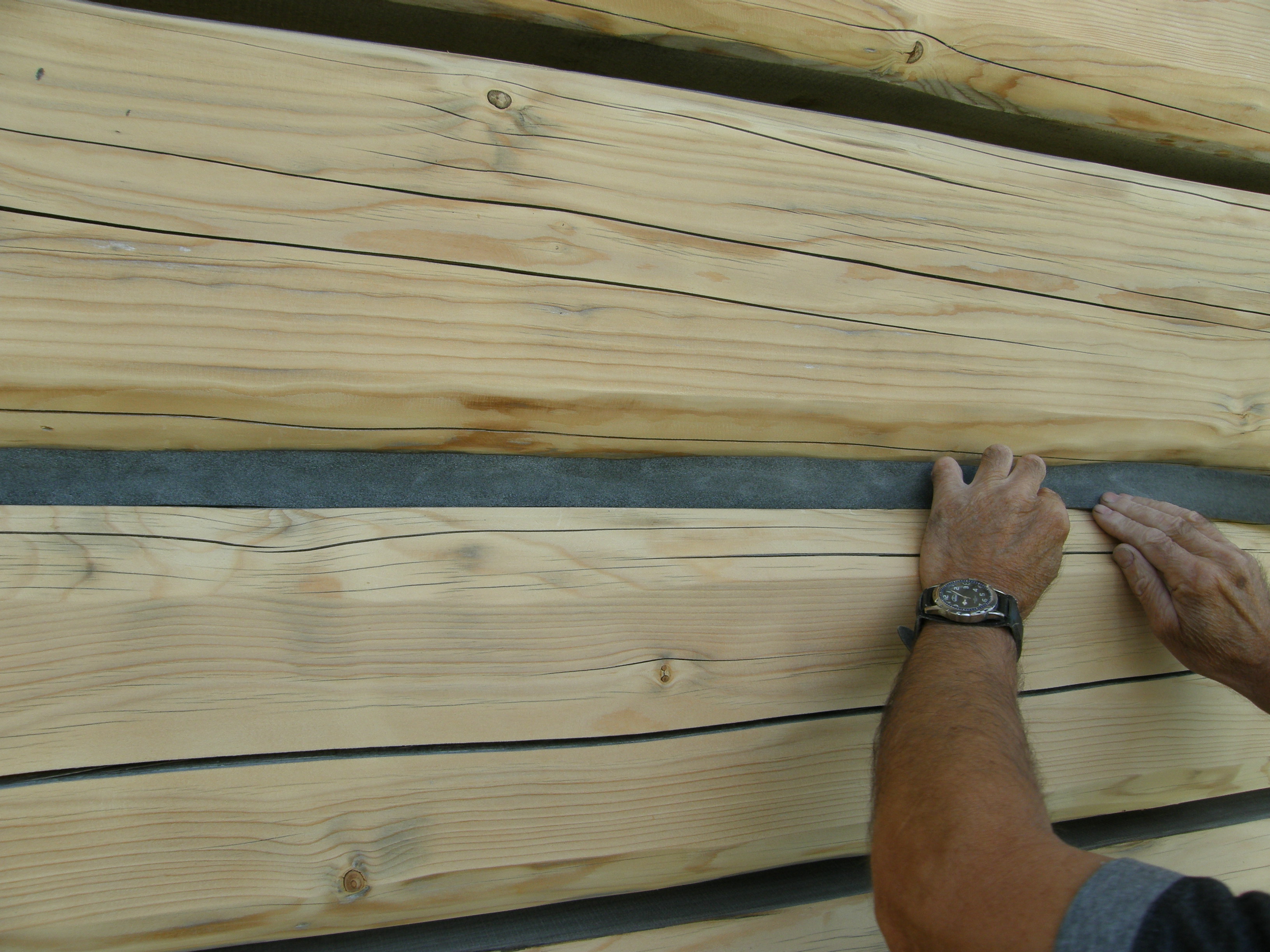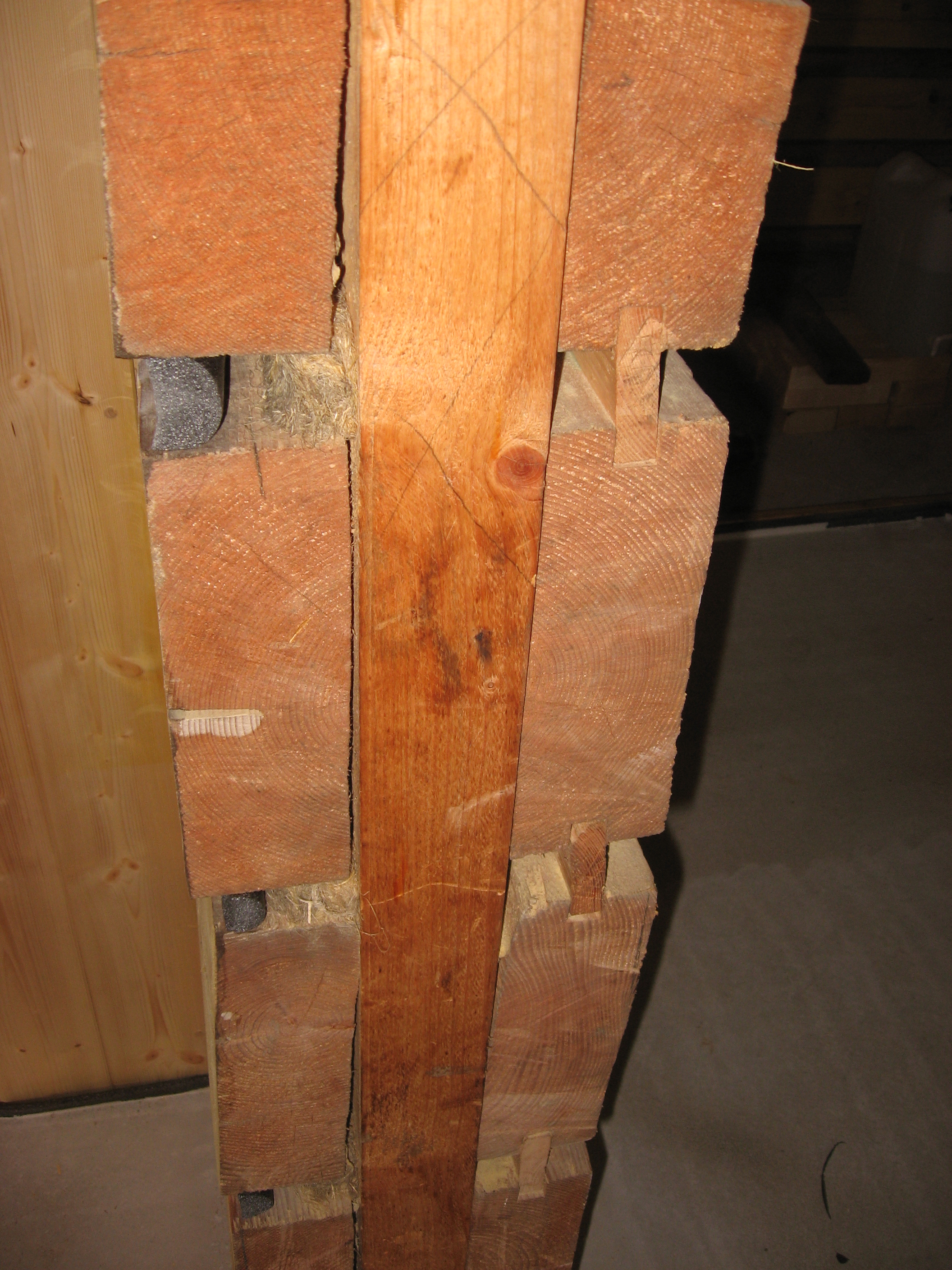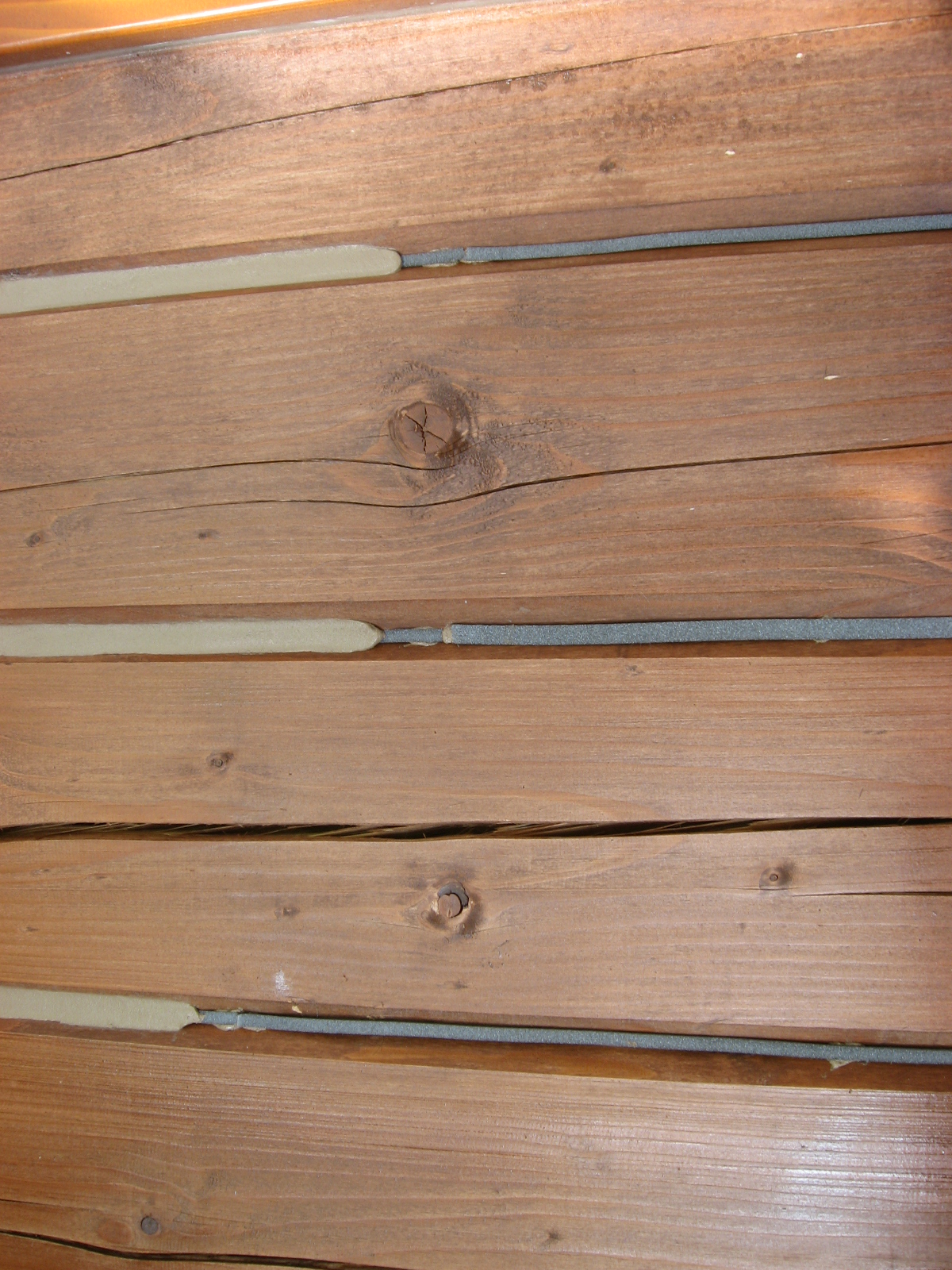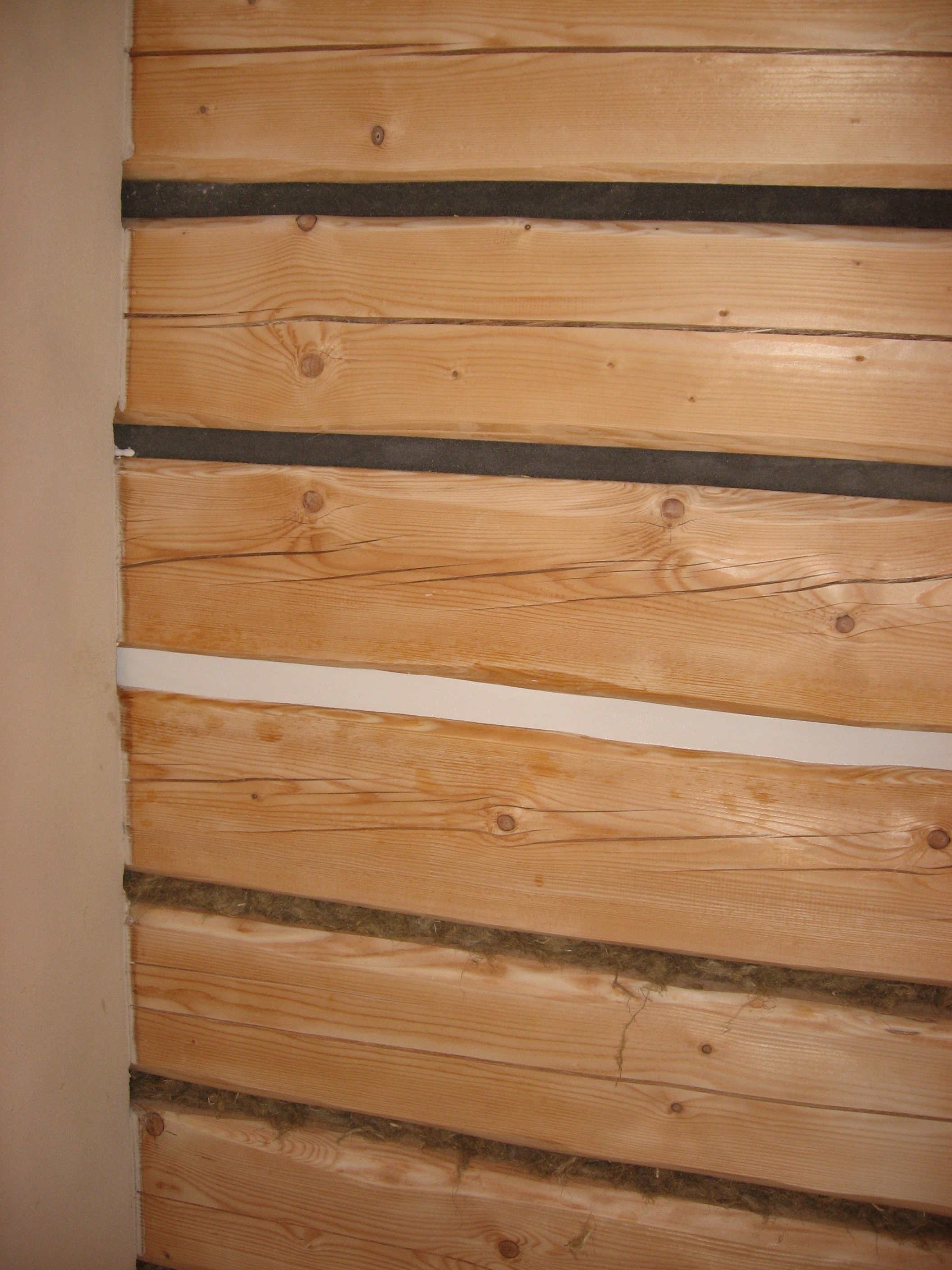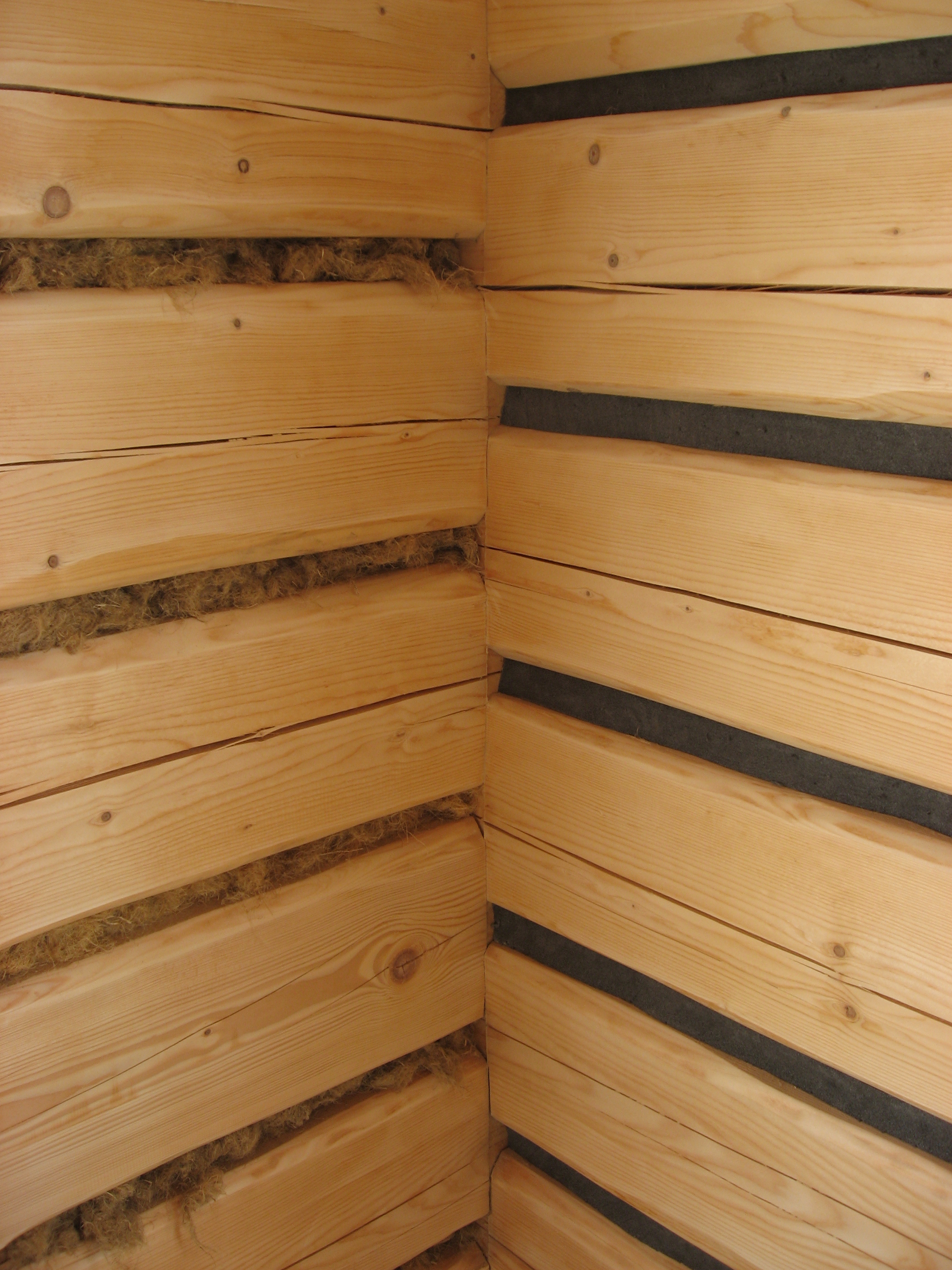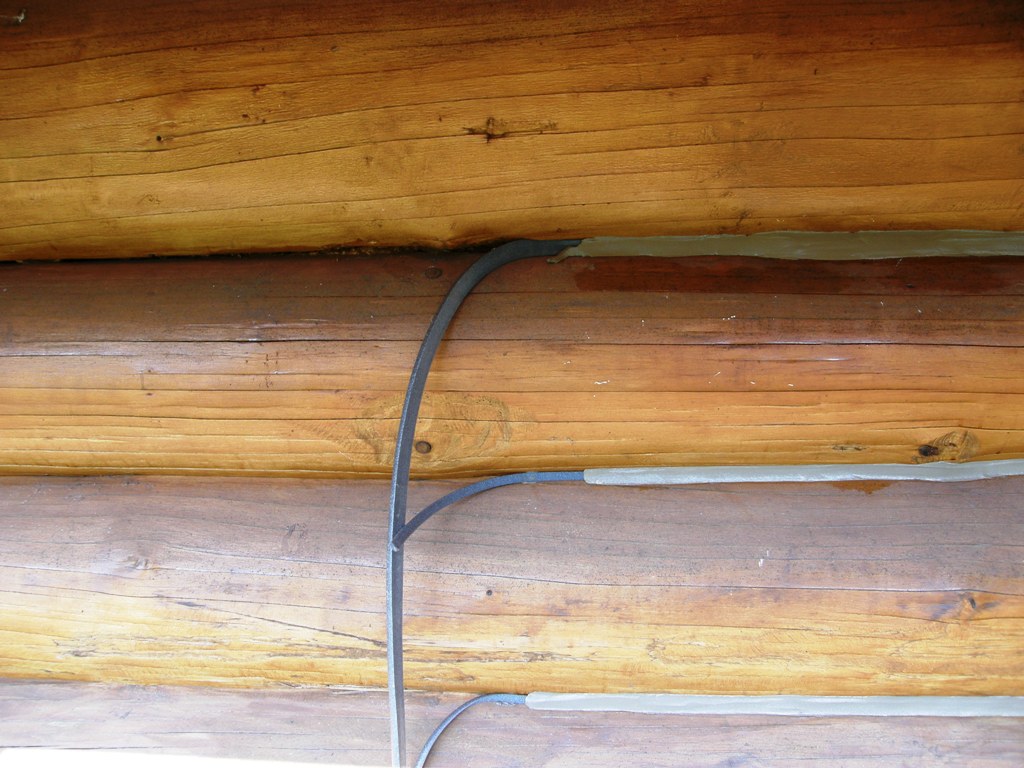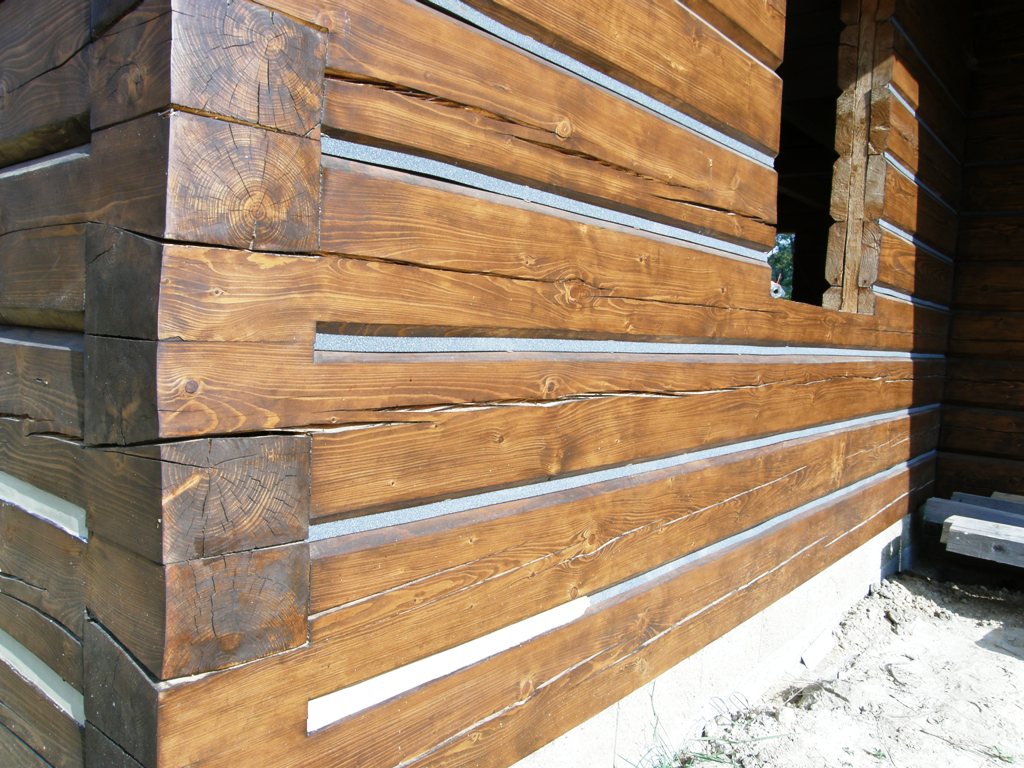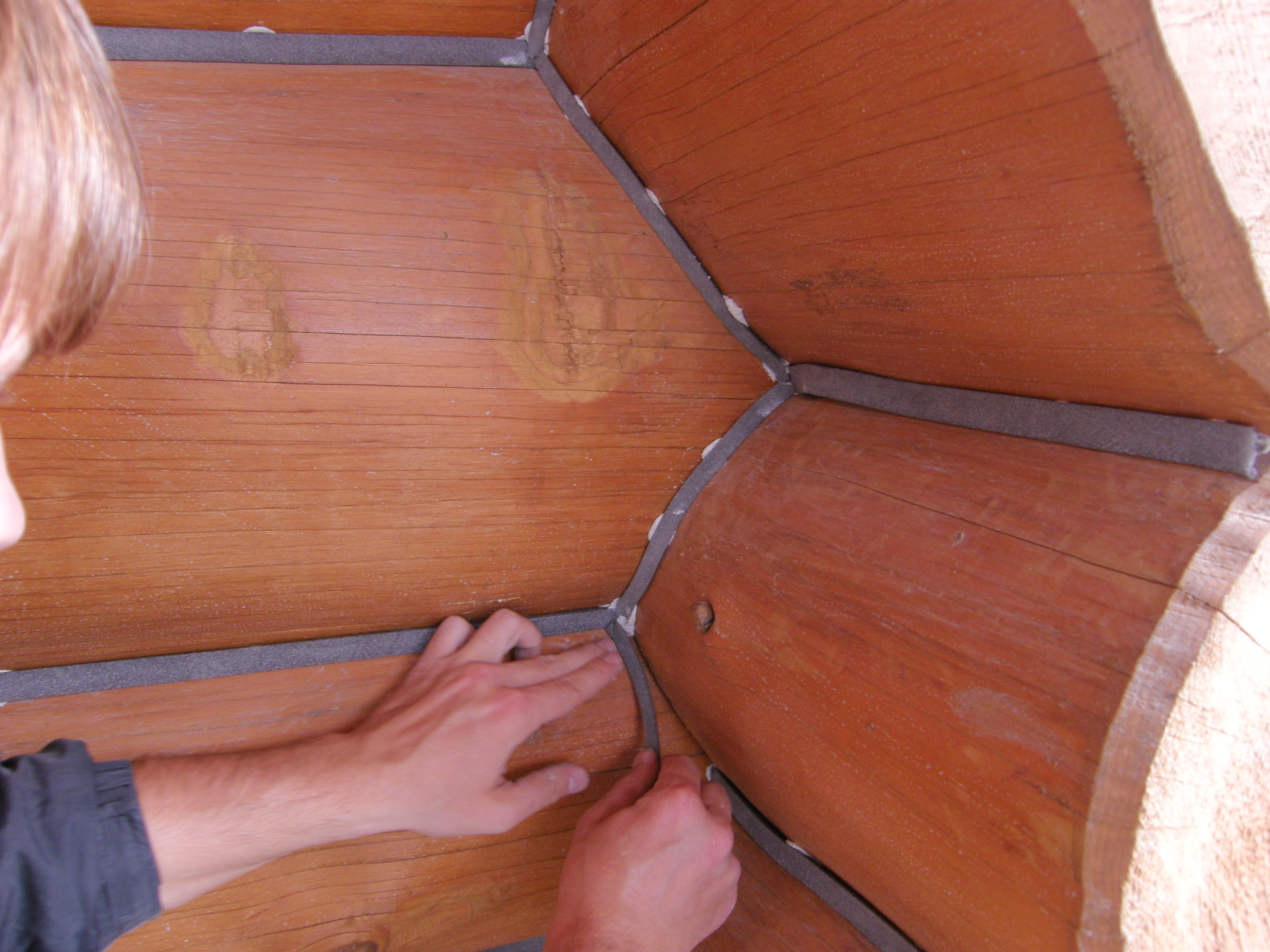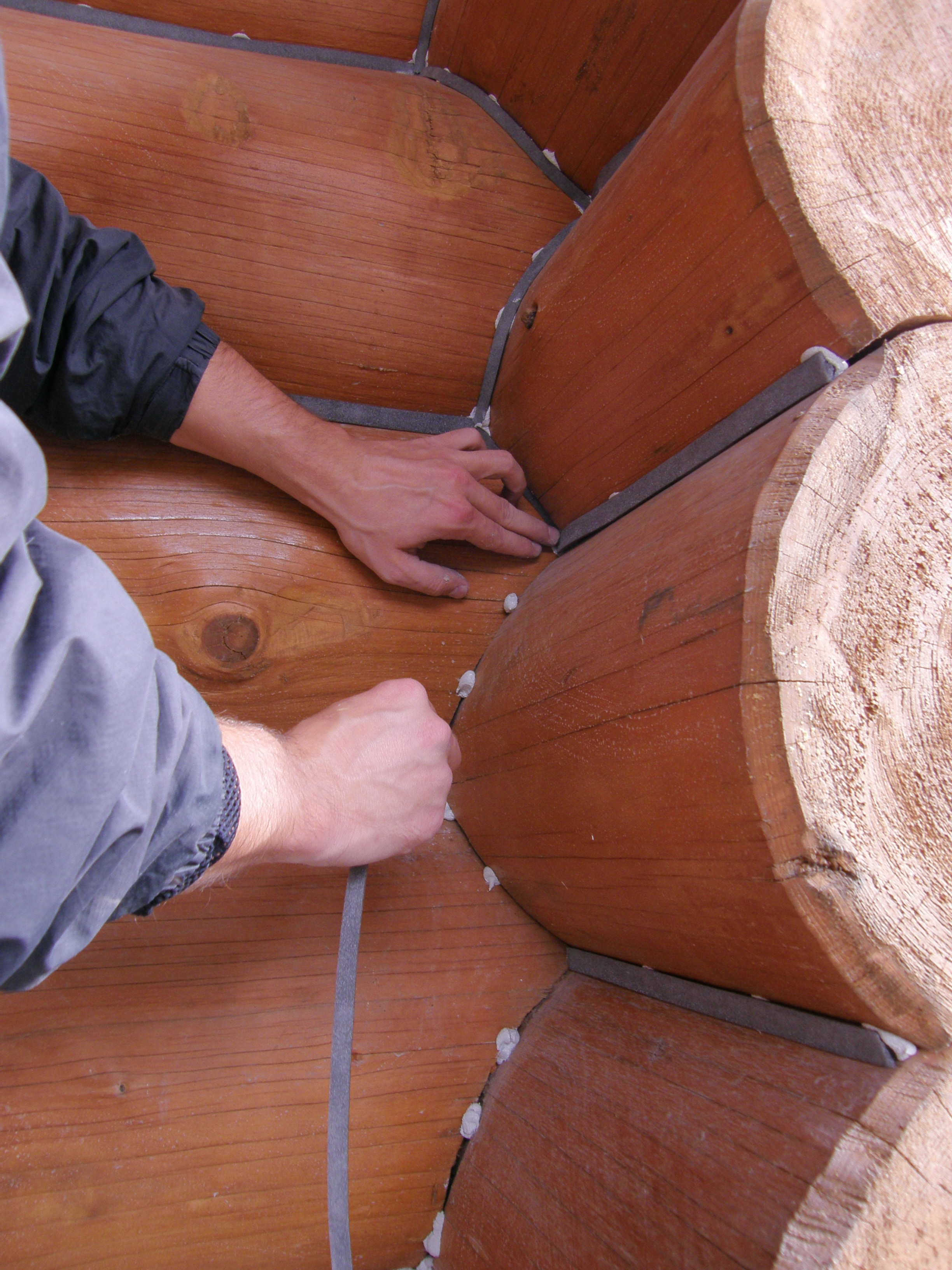We need your consent to the use of individual data so that you can show information about your interests, among other things. Click "OK" to give your consent.
The sealing cord ensures sufficient gap dilation and proper sealant function. It's essential for the sealant to adhere only at two points within the gap, leaving the center of the gap free for movement and dilation. This is made possible by the flexible PE sealing cord to which the sealant does not adhere, allowing it to move freely. Another advantage of using cords is material savings, as compared to the cost of sealants, which can be significantly more expensive. However, it does not mean that the sealant can be entirely replaced by the sealing cord. A certain thickness of sealant applied on the cord should still be maintained. The specific thickness depends on the overall width and depth of the gap. Common mistakes include applying a very thin layer of material on the cord, which, upon drying, can result in the so-called 'tracing' of the cord outline and, later on, cracking of the sealant above the cord. Sealing cord is not used in places where the gap is less than 1 cm. In such cases, sealant is applied, for example, around windows, doors, smaller cracks, etc.

We need your consent to the use of individual data so that you can show information about your interests, among other things. Click "OK" to give your consent.
 Cookie - Settings
Cookie - Settings

Here you can customize your cookie settings according to your preferences.
